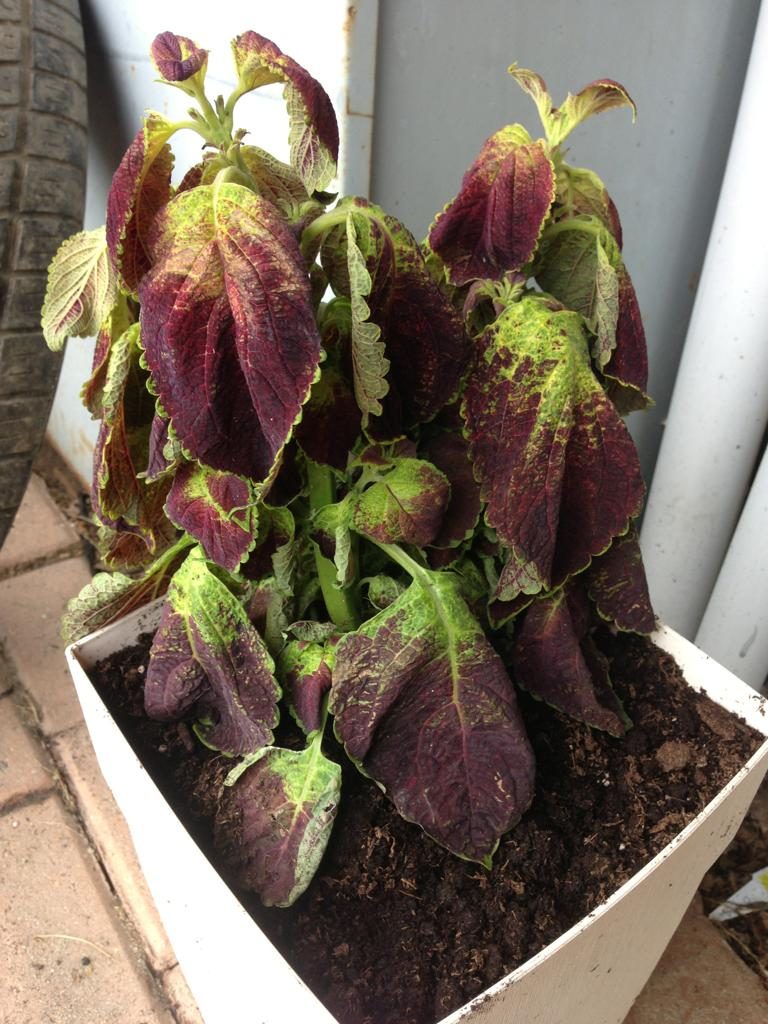Since plants need water, what’s the issue with too much rain? It results in wilting plants in the garden.
Although soil may seem rather solid, there are lots of spaces between the particles. These spaces hold air and water, and the roots of plants need both. Roots absorb oxygen from the air spaces in the soil.

When it rains or you water a plant growing in a container, all of the spaces in the soil fill with water, and the air is displaced. Gravity pulls on the water and it moves downward. As it does, air moves back into the soil spaces.
If rain occurs frequently over an extended period, the air spaces in the soil are kept filled with water. This deprives the roots of the oxygen they need.
If these conditions continue long enough, the roots stop functioning properly and may even begin to die. Although the soil is filled with water, the roots will not absorb it. This can cause plants to wilt, even though the soil is wet.

At this point, the roots are also more vulnerable to attack by fungal organisms in the soil that cause root rot. Root rot infections are highly damaging to the roots and are often fatal.
I am seeing this especially in vine crops transplanted to the garden, where they wilt and die. Also in tender flowers planted in beds and containers. This problem should alleviate later this week when it warms up and the sun shines. It is now too late to plant most plants.


